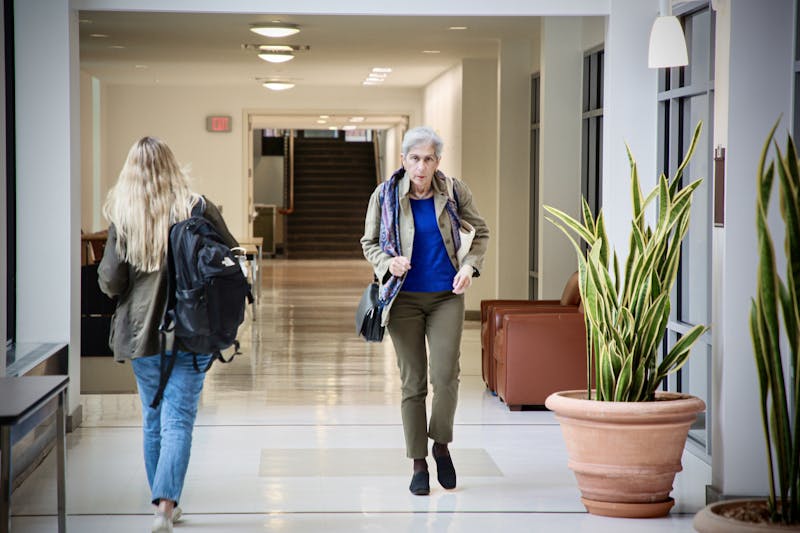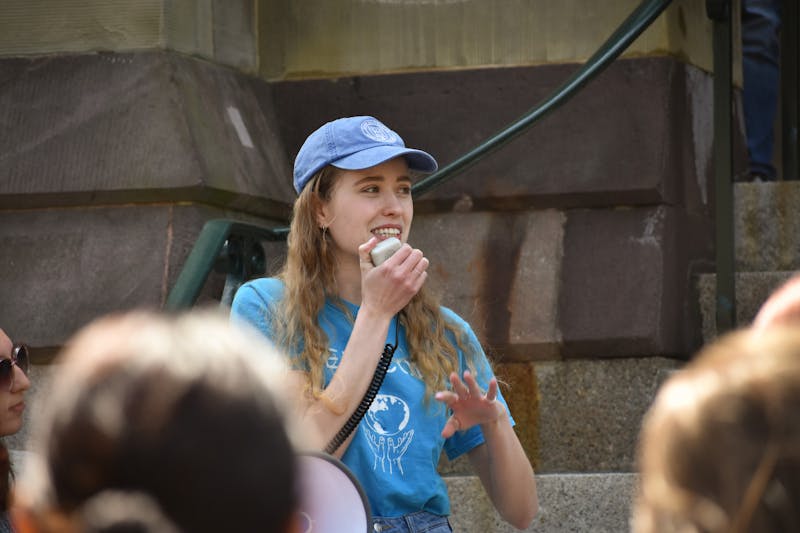There is such a thing as having too much business. This year, HUP's Trauma Center is expecting over 1700 trauma patients, 1200 of which will be admitted to the hospital. The dramatic rise has, in the past, forced the center to close on several occasions due to an overflow of patients and insufficient staffing. But over the past year, the center has hired additional staff members in order to treat emergency cases around the clock. The Trauma Center now has six attending surgeons -- two more than previously -- and has also increased the number of residents on-call. "There are still occasions when we close, but now it occurs less frequently," said Michael Rotondo, an assistant surgery professor and an attending surgeon at the center. "We close not more than once a week for a few hours." Rotondo said one reason for the closings is that HUP has a Level I trauma center, in which every patient receives comprehensive care. Other centers, which operate under a "triage system," simply perform initial care on emergency cases and then send them to other centers for more extensive treatment. According to Rotondo, the center is forced to close periodically because of both the strain the constant influx of critical-care patients has on staff members, and, on occasion, because all beds in the center get filled. "You don't want patients coming through the door whom you can't treat adequately," he said. Rotundo said half of the patients that are rushed to the Trauma Center have been injured by gunshots, stabbings and impalement. The other half is classified as "blunt trauma" -- car accidents, falls and bludgeoning. According to Rotondo, at least 60 percent of all cases are the result of violent crime "and this number is definitely increasing." But besides fighting to save victims of urban violence on the front line, the center is also fighting the battle of the bottom line. Trauma care is expensive and loses money, partially because of a disparity between what insurance companies pay for procedures and what the procedure actually costs. "Trauma care loses money, no question," Rotondo said. Nationally, over $180 billion was spent on trauma care, which Rotondo said is the leading cause of death for people ages one to 44. The busiest nights at HUP's Trauma Center are weekend nights, he said. Attending physicians are on emergency notice to come in to assist, with all of them living within 20 minutes from the hospital, he added. "Two or three resuscitations and two or three operations at once is not uncommon," Rotondo said. "In emergency cases you have to be ready to move right away. It's like a MASH unit, but with more technical equipment." Trauma Program Coordinator for PennSTAR Kathleen Martin said the value of the Trauma Center is increasing along with the increase in violent crime. "Seeing all the violence here, I see the need for the Trauma Center," Martin said. "There is a civil war going on in our streets." Rotondo recalled admitting four shooting victims who were dead on arrival. The four deaths, numbers 503 through 506, broke the Philadelphia record for gunshot deaths in a year. "Violence related to drugs is a disease in our community," said Rotondo. "Fortunately, this hospital is very committed to the Trauma Center." Congess is currently considering the Trauma Care Revitilization Act, which would take money recovered from drug dealers and use it to fund health care. "Drug money for health care, you gotta love it," Rotondo said. The Trauma Center receives assistance from the PennSTAR helicopter, which provides transport service for the entire hospital. The flight program was initiated by Trauma Center Director William Schwab, and PennSTAR is closely affiliated with the center. Rotondo estimates that approximately 20 trauma patients per month are flown to HUP by the PennSTAR helicopter. In addition to "scene calls," where patients are picked up from the scene of an accident, the helicopter also brings patients from other medical institutions in what is known as interhospital transport or "IHOT" flights. Barbara Latenser, medical director of PennSTAR, said the system receives calls from throughout the Delaware Valley. "We are a very positive part of the hospital," she said. Latenser said that the Trauma Center and PennSTAR are both in the process of expansion. Plans call for the hiring of a marketing director and an accountant. According to Latenser, PennSTAR is hoping to purchase an airplane to increase the range of its flight program. The airplane would not need to refuel as often as the helicopter, and would therefore be able to handle calls from other states such as Maryland and Delaware. The airplane would operate out of either Philadelphia International or North Philadelphia Airport.
The Daily Pennsylvanian is an independent, student-run newspaper. Please consider making a donation to support the coverage that shapes the University. Your generosity ensures a future of strong journalism at Penn.
DonatePlease note All comments are eligible for publication in The Daily Pennsylvanian.







